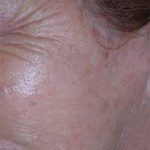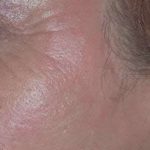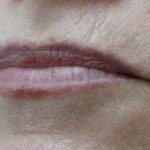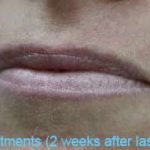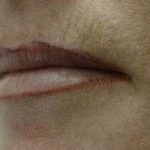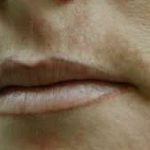
The Use of a Jet-PhoresisTransdermal Delivery System for Pain Control – ASLMS 2010
Summary Background and Objective:
What is JetPeel?
- A treatment based on supersonic delivery of materials, including actives, to the skin
- Ability to simultaneously introduce active nutrients and oxygen into the skin, using pressure and air
Current Study Design:
- Prospective clinical study to compare lidocaine jet-phoresis trans-cutaneous anesthesia to EMLA 5% topical cream
- 20 patients that were scheduled to undergo needling roller for upper lip rhytids enrolled into study
- Each patient served as own control – 40 lips evaluated
- Half of the upper lip had EMLA 5% cream applied for 45 minutes
- Contra-lateral portion of the lip treated with lidocaine 3% jetphoresis for 5 minutes
- Pain elicited with needling roller uniformly applied across the upper lip
- Pain response measured using VAS scale
Current Study Results:
- Statistically significant advantage of pain control in the lidocaine jet-phoresis group compared to EMLA group
- Jet-phoresis lidocaine pain control was better or comparable to EMLA in > 82% of lips
- Further confirmed by reversing the sides of the tested lips in the same subjects
Background: Basic Principles
- Pressurized gas is used to accelerate a liquid agent (saline).
- Water droplets accelerated to supersonic velocities (200 m/s)
- The mixture of liquid and gas is emitted through a special nozzle unit.
- The high velocity jet exfoliates the superficial layers of the skin
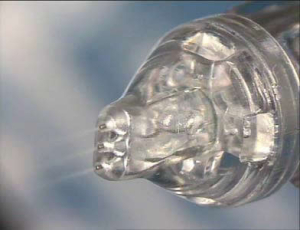
Supersonic Technology:
- Supersonic two-phase jet directed onto the skin with specialized handpieces and nozzles.
- Spray consists of micro droplets of saline or supplements (actives) and gas (air, oxygen or CO2).
- High velocity spray induces skin rejuvenation through exfoliation and supplementation.
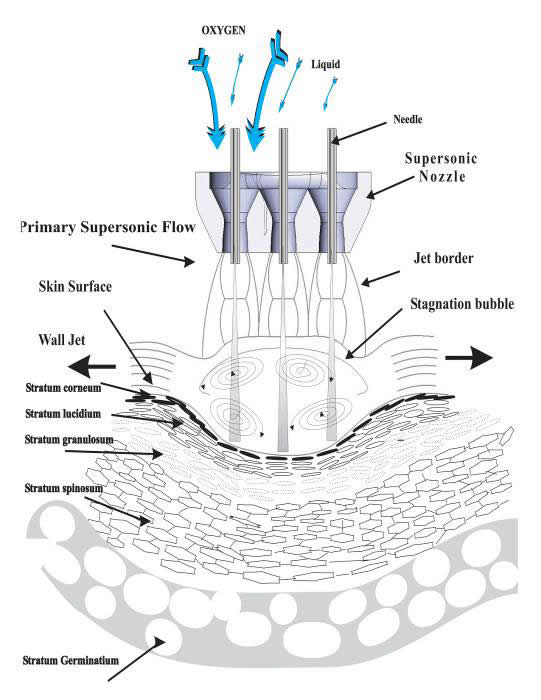
Results:
- Statistically significant advantage of pain control in the mlidocaine jet-phoresis group compared to EMLA group
- Jet-phoresis lidocaine pain control was better or comparable to EMLA in > 82% of lips
- Further confirmed by reversing the sides of the tested lips in the same subjects
- Pre
- Posle
- Pre
- Posle
- Pre
- Posle
